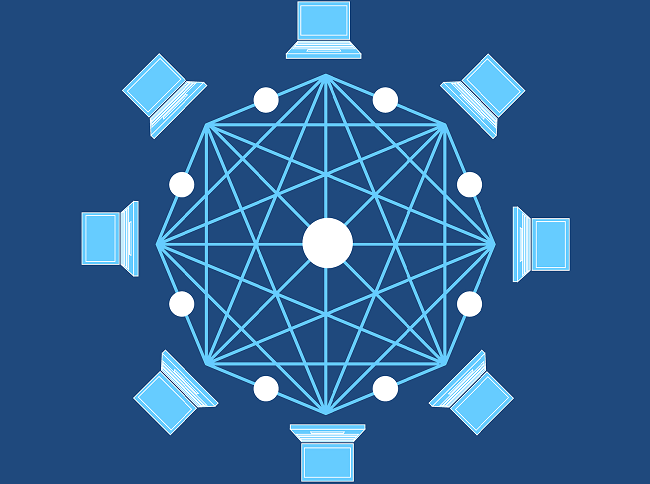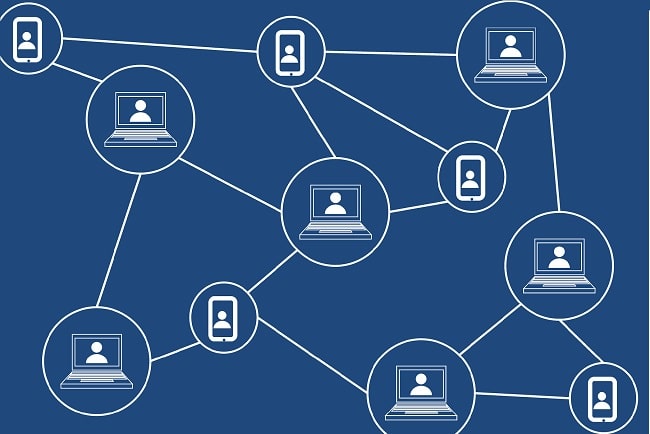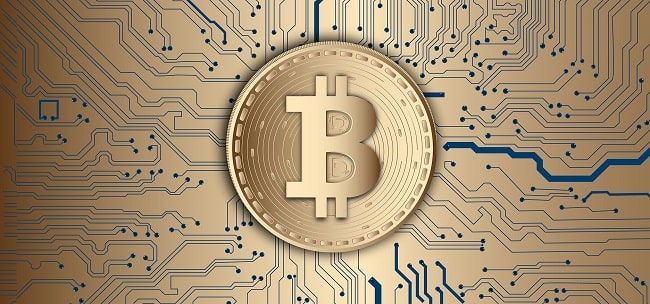Blockchain Technology is a structural representation that stores and takes the transactional records in blocks of the public in several DBs mostly recognized as a chain in an n/w which is connected peer 2 peer nodes. Usually, this storage is mostly known as “Digital Ledger“.
When we are talking about the term digital ledger every transaction that is done is and authorized by “digital signature” by the owner, which is the proof that the transaction is safe and authenticated from tampering.
Now the amusing thing about blockchain technology is that it’s a spreadsheet which keeps the records of all the transaction that is done and been transferred, it will store the records in the google spreadsheet and anyone can check the transactions but can’t tamper it or change it.

Blockchain technology
BCT is the most used cryptographic technology in this era, this technology uses blocks of transactional records and each block contains the cryptographic hash function to secure it from tampering.
BCT is commonly used for transactions, transferring money, digital cheques, and much more. why? because it’s a secure channel that provides security from tampering and from malicious activities of hackers.
History of Blockchain
In 1982 there was a cryptographer “David Chaum” who first came up with the idea of blockchain-protocol in “computer systems, establishments, and maintained from the mutually malicious group”.
Then in 1991, the secured blocks of cryptography were introduced by W. Scott Stornetta and Stuart Harber. They started the initial steps towards making a system in which the document’s timestamps can’t tamper.

Satoshi Nakamoto was the first person who conceptualizes the structure of blockchain in 2008.
He did the improvement in design and make sure the timestamps of the documents should be signed digitally by a trusted party.
Some key features related to blockchain technology
Structure: A blockchain is a main structural unit and a decentralized, public, and oftentimes distributed in which a digital ledger is responsible for holding the record blocks that is mainly used for keeping a record of transactions across with bulk computers so that any random computer can’t be altered or tampered, without the tampering of a chain of blocks.
Mainly a blockchain DB uses peer 2 peer network and can be managed autonomously. This type of structure should be robust and they did deliver the robustness with the peer 2 peer network and reduced the tampering and altering of records.
Blocks: Blocks are nothing just batches of encoded code.

Blockchain technology uses blocks of hashed and encoded cryptographic transactions to reduce the tampering and altering of transactions.
The integrity in blockchain technology is very high and cryptic which is hard for others to intrude or disturb the environment of the spreadsheet that is storing the data of transactions.
Block time: In blockchain technology what happens is it takes the average time to execute the creation of blocks in the ongoing transactions, usually, it takes seconds and sometimes minutes to create blocks and attaching them in chains, and send them for further transactions.
Uses of blockchain technology
- Cryptocurrency: Blockchain is very essential when it comes to cryptocurrency due to security, hashed code, encrypted methodologies, etc. eg: Bitcoin.
- Smart Contracts: Blockchain technology is a common intermediate between two entities or companies that choose one platform and agree on a common decision and accepts the smart contracts. eg: App creation.
- Health care: In a recent article on wall street it’s is found that a firm help the local and government hospitals with the information related to recent covid-19 cases.
- Financial Service: Blockchain technology uses a digital ledger which a big demand from the bank and that’s why so many money transfer mediums are generated. eg: Bhim, G-pay, etc.
- Video games: The online game selling website and applications uses this model and blockchain technology to earn more profit and deliver games to everyone. eg: STEAM, etc.
- Domain names: When a person of the firm or a team is starting their new business they start by creating a website or application and the first step is to secure a domain name and that can be done with blockchain technology.

Types of blockchain technology
Private blockchains: Anyone can’t join the private blockchains once the administrator gives the permission then it’s possible.
Public blockchains: There is no restriction when it comes to public blockchains and it’s open for everyone.
Sidechains: This sidechain is specifically come with a trait that runs parallel with the primary blockchain.
Hybrid blockchains: It’s a combination of centralized and decentralized features.
also read:Innovative Learning Environment
FAQ (Frequently Asked Questions)
Q1. What is a blockchain?
- Blockchain is a structural representation that stores and takes the transactional records in blocks of the public in several DBs mostly recognized as a chain in an n/w which is connected peer 2 peer nodes.
- Usually, this storage is mostly known as “Digital Ledger”.
Q2. What are the 3 strong pillars of blockchain technology?
- Transparency
- immutability
- Decentralization
Q3. What is blockchain technology used for?
- Cryptocurrency: Blockchain is very essential when it comes to cryptocurrency due to security, hashed code, encrypted methodologies, etc. eg: Bitcoin.
- Smart Contracts: Blockchain technology is a common intermediate between two entities or companies that choose one platform and agree on a common decision and accepts the smart contracts. eg: App creation.
- Health care: In a recent article on wall street it’s is found that a firm help the local and government hospitals with the information related to recent covid-19 cases.
- Financial Service: Blockchain technology uses a digital ledger which a big demand from the bank and that’s why so many money transfer mediums are generated. eg: Bhim, G-pay, etc.
Q4. What type of data blockchain can store?
- Hashed data
- Encrypted data
- Nonce
- Block of code
- Previous hash
By..Shubhangini
